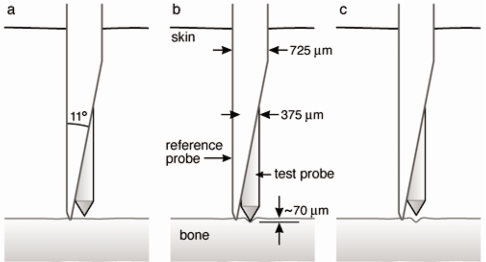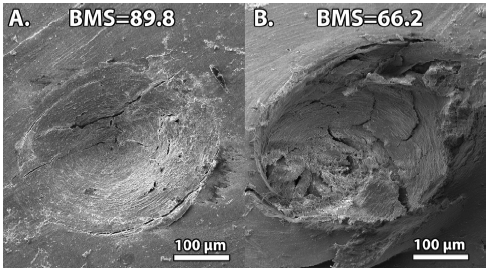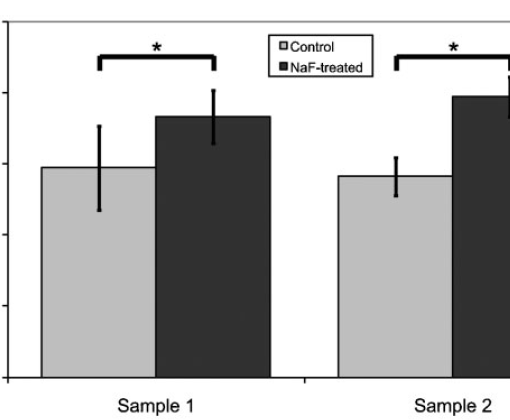Abstract
Dual-energy X-ray absorptiometry (DXA) is generally a very useful tool for assessing bone mineral density (BMD) and fracture risk. However, observational studies have shown that in certain instances, BMD as measured by DXA systematically over- or underestimates fracture risk. We herein describe the clinical conundrums encountered when assessing fracture risk by DXA in patients with primary hyperparathyroidism or type 2 diabetes and those of Chinese ethnicity. Furthermore, we discuss how advanced imaging technology that examines skeletal microarchitecture is furthering our understanding of fracture risk in these clinical situations.
https://www.ncbi.nlm.nih.gov/pubmed/27214295
Endocr Pract. 2016 Aug;22(8):990-8. doi: 10.4158/EP151019.RA. Epub 2016 May 23.




